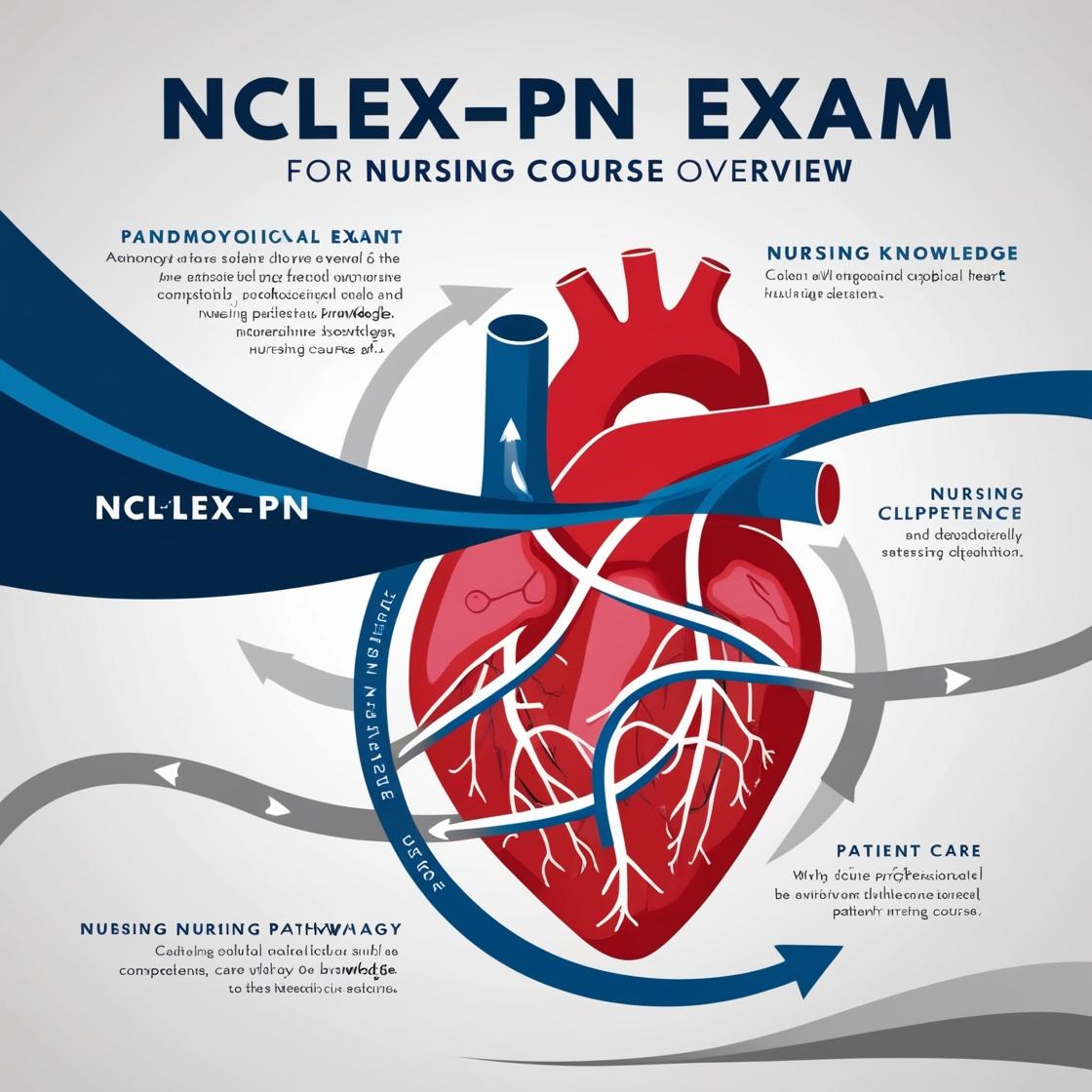NCLEX-PN
Nclex Questions Management of Care
1. Which of the following foods present a problem for a client diagnosed with Celiac Disease?
- A. butter
- B. oats or barley cereal
- C. fresh vegetables
- D. coffee or tea
Correct answer: B
Rationale: Celiac disease, also known as celiac sprue, is a malabsorption disorder affecting the small intestine due to a problem with ingesting gluten, a protein found in wheat, rye, oats, and barley. Therefore, oats or barley cereal would present a problem for a client with Celiac Disease as they contain gluten. Fresh vegetables, butter, coffee, and tea, on the other hand, do not contain gluten and should not pose any issues for individuals with this disorder. Therefore, the correct answer is oats or barley cereal. Choices A, C, and D are not problematic for clients with Celiac Disease as they are gluten-free.
2. Which of the following conditions has a severe complication of respiratory failure?
- A. Bell's palsy
- B. Guillain-Barr� syndrome
- C. Trigeminal neuralgia
- D. Tetanus
Correct answer: B
Rationale: Guillain-Barr� syndrome is characterized by a severe complication of respiratory failure due to the involvement of the peripheral nerves that control breathing. While Bell's palsy, trigeminal neuralgia, and tetanus are also conditions affecting peripheral nerves, they do not typically lead to respiratory failure like Guillain-Barr� syndrome. Bell's palsy causes facial muscle weakness, trigeminal neuralgia results in severe facial pain, and tetanus leads to muscle stiffness and spasms, but none of these conditions directly involve respiratory failure.
3. The mother of a child who weighs 45 lb asks a nurse about car safety seats. The nurse tells the mother to place the child in which car safety seat?
- A. Car safety seat in the back seat in a face-forward position
- B. Booster seat with one of the car's seat belts placed over the child
- C. Booster seat in a rear-facing position in the front seat
- D. Car safety seat in a face-forward position in the front seat
Correct answer: B
Rationale: The correct answer is to place the child in a booster seat with one of the car's seat belts placed over the child. A child needs to remain in a car safety seat until he or she weighs 40 lb. Once the child has outgrown the car safety seat, a booster seat is used. Booster seats are designed to raise the child high enough so that the restraining straps are correctly positioned over the child's chest and pelvis, providing optimal safety. Placing a child in a booster seat in a rear-facing position in the front seat is incorrect as children should not be seated in the front seat due to potential airbag-related injuries. Additionally, car safety seats are used for children weighing less than 40 lb and are placed in the middle of the back seat in a rear-facing position for maximum protection.
4. The advanced directive in a client's chart is dated August 12, 1998. The client's daughter produces a Power of Attorney for Health Care, dated 2003, which contains different care directions. What should the nurse do?
- A. Follow the 1998 version because it's part of the legal chart.
- B. Follow the 1998 version because the physician's code order is based on it.
- C. Follow the 2003 version, place it in the chart, and communicate the update appropriately.
- D. Follow neither until clarified by the unit manager.
Correct answer: C
Rationale: The document dated 2003 supersedes the previous version and should be used as a basis for care directions. The nurse should follow the 2003 version, place it in the chart, and communicate the update appropriately to ensure that the most current care directions are followed. Choices A and B are incorrect because the 1998 version is now outdated, and the nurse should not rely on it for care decisions. Choice D is incorrect because the nurse should not delay following the updated document, and seeking clarification from the unit manager can lead to avoidable delays in care.
5. When planning play activities for a hospitalized school-age child, a nurse uses Erikson's theory of psychosocial development to select an appropriate activity. The nurse selects an activity that will assist the child in developing which developmental goal?
- A. A sense of industry
- B. Autonomy
- C. A sense of trust
- D. Initiative
Correct answer: C
Rationale: The correct answer is 'A sense of industry.' According to Erikson, the central task of the school-age years is the development of a sense of industry. During this stage, children engage in activities like schoolwork, crafts, chores, hobbies, and sports to develop a sense of competence and productivity. The development of trust is the primary task of infancy, autonomy is the task of toddlerhood, and initiative is the task of the preschool years. Therefore, in this scenario, focusing on fostering a sense of industry aligns with the developmental goals of a school-age child.
Similar Questions

Access More Features
NCLEX PN Basic
$69.99/ 30 days
- 5,000 Questions with answers
- Comprehensive NCLEX coverage
- 30 days access @ $69.99
NCLEX PN Premium
$149.99/ 90 days
- 5,000 Questions with answers
- Comprehensive NCLEX coverage
- 30 days access @ $149.99
